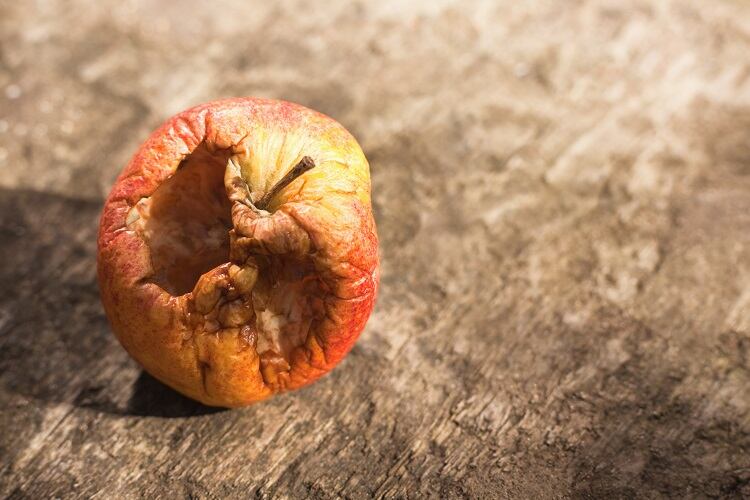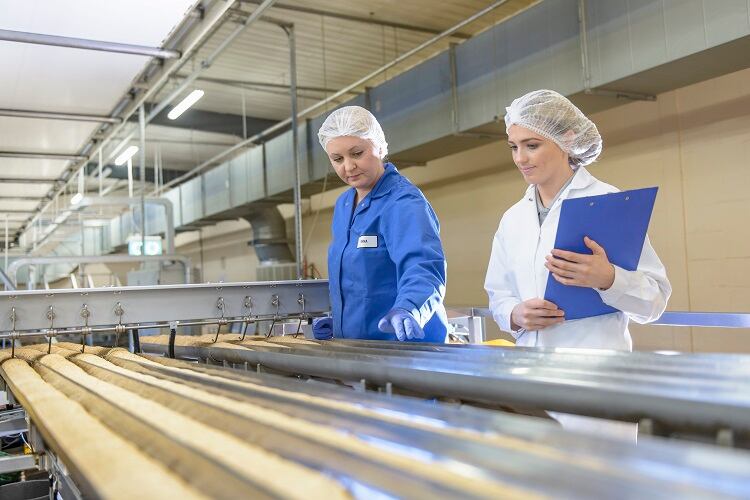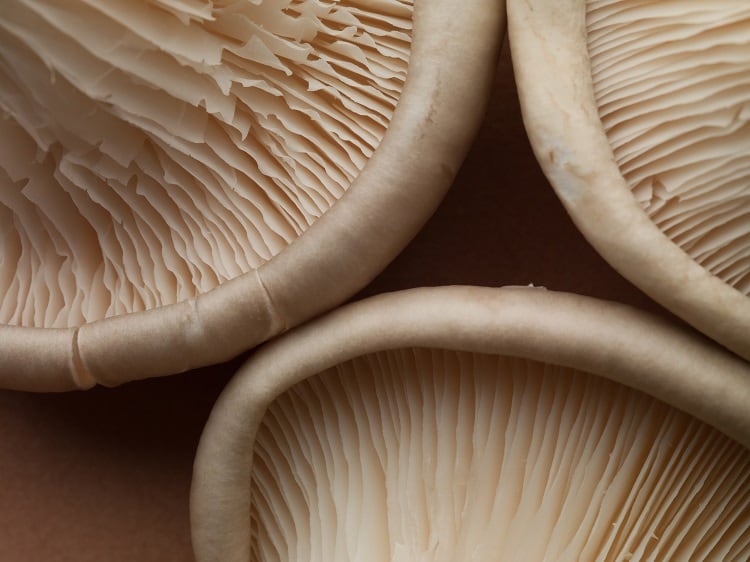There is a wide range of reasons why it is important to be able to assess the quality of food products. You might need to know their composition, including levels of nutrients or sugars. You might need to check for potentially harmful substances, such as microplastics. You might simply want to know whether they have any defects.
Being able to check for food quality helps producers understand the nutritional content of their foods better and whether or not they are safe to eat, as well as reducing food waste by enabling them to detect defected foods early.
A range of European start-ups are using technology to see inside food, to explore its quality, and to enable producers to make optimal judgements about it.
Near-infrared spectroscopy: Protecting food quality
Spanish start-up Aotech uses near-infrared spectroscopy (NIRS) to assess the quality of food. NIRS is not a new technology and has been used for many years. However, according to Iker García, CEO at Aotech, there has been a recent uptick in interest in the tech for its potential use in the assessment of food quality.
The tech is based on the study of the interactions of light with the object being analysed, in this case food. The light will present peaks and valleys, dependent on the physical and chemical properties of the food, in the absorption of infrared light in certain bands. This is known as the spectrum.
Other uses for spectroscopy
Spectroscopy can be used for a range of different purposes in the food industry. For example, it can be used to detect and categorise microplastics and work out the chemical substances which produce flavour in food products so as to remove off-flavours.
“The aim here is to use a machine-learning algorithm to correlate the absorption values of the spectrum with reference values, which usually come from laboratory analysis. Once this predictive model has been developed, other samples can be analysed using this technology,” García told us.
The technology is used by industries such as dairy, oil, bakery, wine, sauces and animal feed to detect food quality. Food quality is, in part, about both nutrition and safety.
“There is a trend towards healthy foods with lower sugar, fat, and salt content. NIR spectroscopy could be a great ally to verify that the concentrations of these elements are within the desired ranges,” García suggested.
Furthermore, “this technology has applications for the detection of products that do not meet certain specifications, including the detection of counterfeit or adulterated food products. We are currently carrying out a research project for the early detection of phytosanitary products in whole olives, which is providing promising results.”
The installation process of Aotech’s technology can be easy or complex, depending on the conditions. “Usually, it is not very complicated and only a few accessories are required for installation. The biggest problems arise when the ambient temperature and humidity can be very changeable, and therefore, the system must be protected against them in order to avoid their influence,” García told us.
3D light microscopy: Detecting components
Austrian start-up Holloid, on the other hand, uses 3D imaging technology to detect various components within food, such as algae, yeast, bacteria, and even microplastics. This allows it to increase product safety.
“Holloid developed breakthrough technology for 3D light microscopy. In our devices we shine visible light through samples of up to 100 microlitres (a microlitre is a millionth of a litre) onto a camera. Using the information contained in the recorded images we can uniquely provide information on all particles in the sample volume within seconds,” Marcus Lebesmühlbacher, co-founder at Holloid, told FoodNavigator.
Health risks of microplastics
Microplastics can cause significant harm to human health when consumed, leading to symptoms such as abdominal pain, nausea, and vomiting (according to the US National Institutes of Health).
This not only ensures that the product is safe, but opens new doors as well. For example, according to Lebesmühlbacher, it enables bioprocess control to be optimised. “Holloid’s technology is a game changer. Holloid provides a key technology to scale many of the disruptive nutrients and ingredients that will shape the future of global nutrition.”
He also suggested that the technology could allow research on novel foods, such as alternative proteins and supplements, to be accelerated.
With the technology, Holloid has partnered with a range of stakeholders, including universities, food and beverage companies, and producers of production and analytic equipment.
“Holloid enables food producers to become more knowledgeable about their processes and the microbes in them than ever before. Many of our customers work in innovative fields. They still need to reduce costs per output and scalability to bring their nutritionally valuable compounds to the market,” Lebesmühlbacher concluded.
Microwave reflectometry: Understanding fruit
In the Netherlands, Dutch start-up Vertigo Technologies is using a microwave-based technique to sense the quality of fruit. The technique, known as FRESCO, is non-invasive and can detect the ripening stage, internal defects and shelf life of the fruit without damaging it.
“What our sensors are based on is the so called ‘microwave reflectometry’ and what they do is to basically measure how a material (which, in our case, is the fruit) reacts to an electromagnetic field applied to it in the microwave spectrum,” Luca Galatro, CEO of Vertigo Technologies, told FoodNavigator.

“The way the material interacts with the electromagnetic wave is recorded by our sensor and then correlated with relevant internal quality attributes using machine learning techniques. In this process, the sensor is put into contact with the fruit, and the measurement happens in the range of 1s.”
The sensor, which is currently being used by importers of exotic fruit and which is a spinoff from Delft University of Technology in The Netherlands, can be used to detect a ‘large range’ of internal quality attributes, “associated to traits like maturity (pre-harvest), ripening stage (post-harvest), shelf life, flavour, or internal defects.
Brix
Brix is a measurement of a fruit’s sugar content.
“Depending on the fruits, we have demonstrated the capability to predict specific attributes like Brix, firmness, dry matter, titratable acidity, oil content, and internal browning. So far our sensors have been used on fruits like mangos, avocados, apples, pears and tomatoes.”
The sensor is also handheld, meaning that it is easy to use. “Current users employ our sensors to make tests in several stages of production, at acceptance after shipment, during cold storage, during artificial ripening, and before distribution.”




